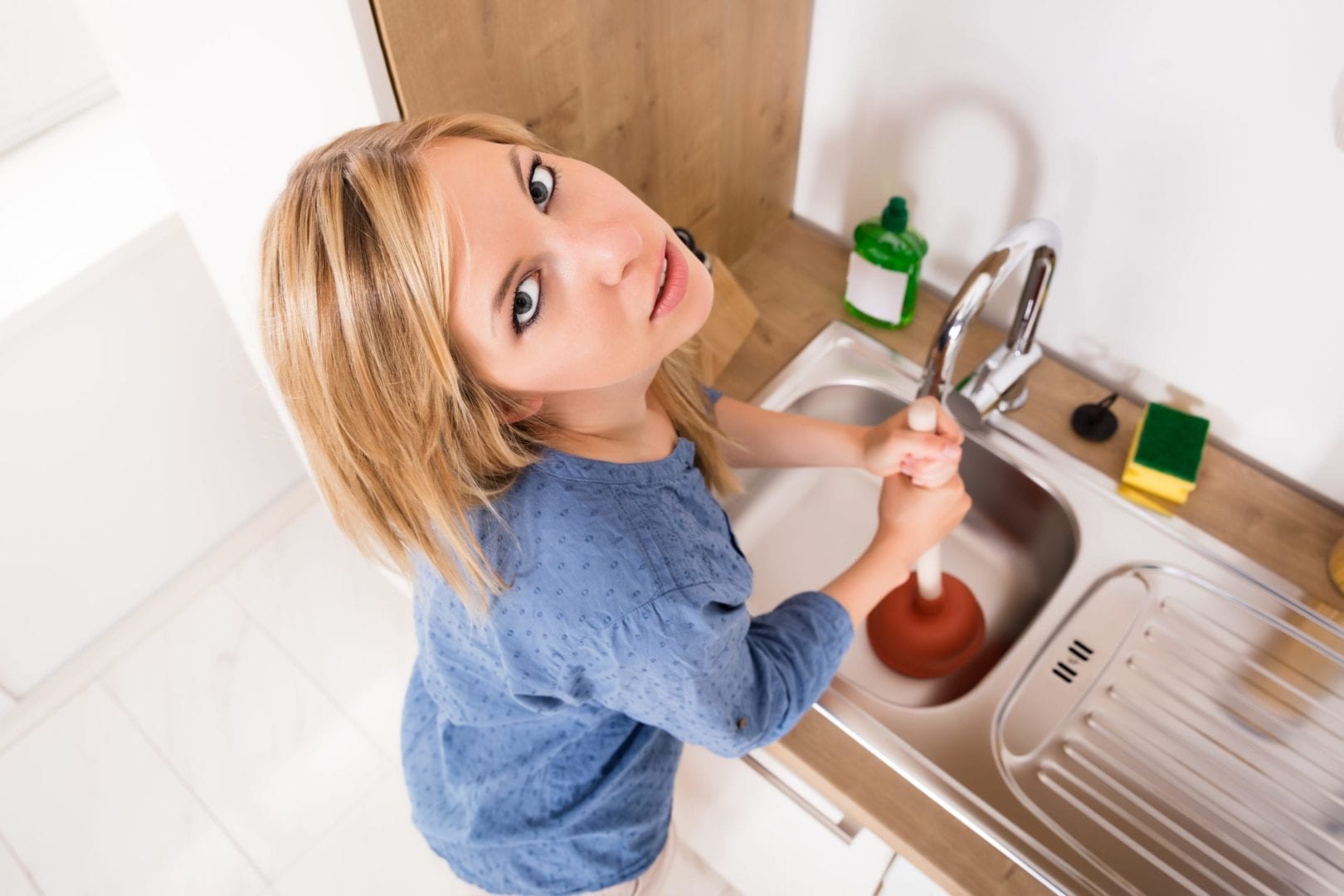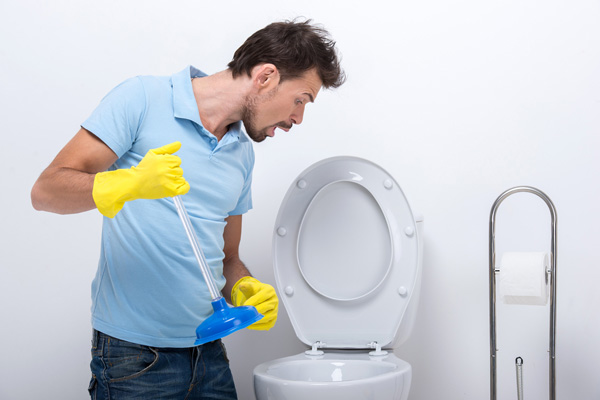Tips to Successfully Use Plungers and Drain Cleaner: Expert Advice
Tips to Successfully Use Plungers and Drain Cleaner: Expert Advice
Blog Article
The writer is making a few great pointers regarding How to Unclog Your Sink with a Plunger in general in this great article down below.

Intro
Proper maintenance of house drains is crucial for avoiding blockages and ensuring smooth water flow. Among the trick tools in every property owner's toolkit is the bettor, along with various drain cleaners developed to deal with persistent obstructions properly. This article explores how to use plungers and drainpipe cleansers properly to maintain your drains pipes streaming easily.
Section 1: Understanding Plungers
Kinds of Plungers
There are a number of kinds of bettors available, each developed for different types of drains and blocks. The most usual types consist of mug bettors, flange plungers, and accordion bettors.
How Plungers Job
Bettors work on the principle of producing pressure and suction to dislodge clogs. When effectively applied over a drainpipe, they produce a vacuum that can pull out particles or break up obstructions.
Choosing the Right Plunger
Picking the right plunger relies on the type of drain and the nature of the blockage. Mug plungers are suitable for sinks and bathtubs, while flange plungers are better fit for bathrooms as a result of their layout.
Common Mistakes with Plungers
Preventing these errors makes sure reliable plunging: inappropriate seal around the drain, not enough force, and not clearing bordering particles.
Area 2: Utilizing Plungers Properly
Prep work
Before plunging, make sure the bettor covers the drainpipe entirely and forms a tight seal. Clear any type of noticeable debris around the drain opening.
Strategy
Start with mild diving motions to develop suction. Rise pressure slowly, using a steady rhythm. Repeat as required until the drainpipe removes.
Troubleshooting Tips
If plunging doesn't function, attempt adjusting the seal, applying petroleum jelly for a better seal, or utilizing a different type of plunger.
Area 3: Recognizing Drain Cleansers
Sorts Of Drainpipe Cleansers
Drain cleansers can be chemical or enzymatic. Chemical cleaners make use of solid chemicals to dissolve blockages, while chemical cleansers make use of natural enzymes to break down organic matter.
Exactly How Drain Cleansers Job
Chemical cleansers respond with obstructions to liquify them, while chemical cleansers break down natural products like hair and oil without hurting pipes.
Security Considerations
Always wear handwear covers and eye defense when making use of chemical drain cleaners. Make certain sufficient ventilation and adhere to supplier instructions very carefully.
Eco-Friendly Alternatives
Take into consideration using vinegar and baking soda or enzyme-based cleaners for environment-friendly choices that are more secure for pipes and the atmosphere.
Area 4: Using Drainpipe Cleaning Company Efficiently
Application Methods
Put chemical cleansers directly right into the drainpipe opening. Allow them to help the recommended time prior to flushing with warm water. Enzymatic cleansers need to rest over night.
Preventative measures
Stay clear of mixing various types of cleansers, as this can generate harmful fumes. Never ever use chemical cleaners combined with a plunger, as spilling can happen.
Dealing With Persistent Clogs
For relentless clogs, think about using a plumbing serpent or calling a professional plumbing professional to prevent damage to pipelines.
Conclusion
To conclude, recognizing just how to use plungers and drainpipe cleansers properly is vital for preserving healthy and balanced pipes systems. By picking the right devices and strategies, homeowners can tackle minor clogs and avoid major plumbing issues down the line.
4 DIY Ways to Unclog Drains
Wire Hanger
This age-old technique has been used by many an amateur plumber – to much success. Take any wire hanger, deconstruct its shape and leave a small hook shape on the end. Time to go fishing! Remove the shower or sink drain cover and snake the wire into the drain, wiggling and rotating it as you push it through. Dispose of the gunk that you remove and flush the drain with hot water. Rinse with a pan of boiling water for best results.
Plunger
Creating a suction in your drain can break up clogs caused by hair and soap residue build up. First, make sure you are using the correct type of plunger, one specifically for sinks or tubs. They are typically smaller than regular toilet plungers and often have a shallow suction cup. Regular plungers can work too but we’d recommend cleaning them first and finding a way to create better suction over the drain.
Baking Soda and Vinegar
This technique is a classic – and one of the most popular DIY drain unclog methods. Pour one cup of baking soda and one cup of vinegar down the drain and allow it to work its magic overnight. The next morning, flush the drain with boiling water. Repeat if necessary.
Drain Snake/Hair Clog Tool
If you know your clog is caused primary by hair, a drain snake/hair clog tool might be your best option. These tools can be purchased for under $10 at any hardware store and work well so long as the clog isn’t too deep in the drain.
https://www.callcatons.com/blog/four-diy-ways-to-unclog-drains/

Application Methods
Put chemical cleansers directly right into the drainpipe opening. Allow them to help the recommended time prior to flushing with warm water. Enzymatic cleansers need to rest over night.
Preventative measures
Stay clear of mixing various types of cleansers, as this can generate harmful fumes. Never ever use chemical cleaners combined with a plunger, as spilling can happen.
Dealing With Persistent Clogs
For relentless clogs, think about using a plumbing serpent or calling a professional plumbing professional to prevent damage to pipelines.
Conclusion
To conclude, recognizing just how to use plungers and drainpipe cleansers properly is vital for preserving healthy and balanced pipes systems. By picking the right devices and strategies, homeowners can tackle minor clogs and avoid major plumbing issues down the line.
4 DIY Ways to Unclog Drains
Wire Hanger
This age-old technique has been used by many an amateur plumber – to much success. Take any wire hanger, deconstruct its shape and leave a small hook shape on the end. Time to go fishing! Remove the shower or sink drain cover and snake the wire into the drain, wiggling and rotating it as you push it through. Dispose of the gunk that you remove and flush the drain with hot water. Rinse with a pan of boiling water for best results.
Plunger
Creating a suction in your drain can break up clogs caused by hair and soap residue build up. First, make sure you are using the correct type of plunger, one specifically for sinks or tubs. They are typically smaller than regular toilet plungers and often have a shallow suction cup. Regular plungers can work too but we’d recommend cleaning them first and finding a way to create better suction over the drain.
Baking Soda and Vinegar
This technique is a classic – and one of the most popular DIY drain unclog methods. Pour one cup of baking soda and one cup of vinegar down the drain and allow it to work its magic overnight. The next morning, flush the drain with boiling water. Repeat if necessary.
Drain Snake/Hair Clog Tool
If you know your clog is caused primary by hair, a drain snake/hair clog tool might be your best option. These tools can be purchased for under $10 at any hardware store and work well so long as the clog isn’t too deep in the drain.
https://www.callcatons.com/blog/four-diy-ways-to-unclog-drains/

I recently found that article about Here's How to Correctly Use a Toilet Plunger while doing a lookup on the internet. Are you aware of somebody who is fascinated about the subject? Take a moment to promote it. Thanks for taking the time to read it.
Course Detail Report this page